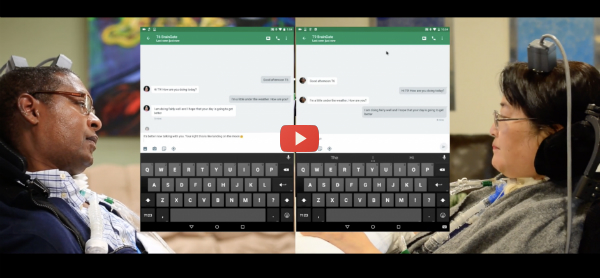Do you remember when your parents told you to get moving, that just thinking about something doesn’t get it done? Brain-computer interface (BCI) experts are proving that thinking about tasks can be more powerful than our parents ever expected. Thinking becomes action when our thoughts cause external change. Boston-based startup Neurable demonstrated how thinking could control virtual reality content. Researchers at the University of Pittsburgh Medical College employed an implant to give people with robotic prostheses a “sense of touch.”
In a BCI study published in PLOS ONE, a U.S. research group recently demonstrated technology that enables people with paralysis to control a computer mouse, opening a world of opportunity. BrainGate is a consortium of researchers, scientists, clinical investigators, and engineers supported by Brown University, Massachusetts General Hospital, Case Western Reserve University, Stanford University, and the U.S. Department of Veteran Affairs. In the study, three clinical trial participants, each with tetraplegia — total paralysis of the limbs — showed their skills with the BrainGate BCI.
BrainGate works by detecting, decoding, and transmitting electrical activity from the brain’s motor cortex to external devices. The BCI decoder is an implant the size of a baby aspirin. The three subjects used non-adapted, off-the-shelf computer tablets to send email, chat with family and friends, surf the web, shop online, and even play “Ode to Joy” on a digital piano. Participants could type up to 30 characters per minute with text interfaces and execute up to 22 point-and-click selections per minute.
The BrainGate team also has demonstrated technologies that enable people to control robotic limbs via BCI. Current consortium focus areas also include restoring patient communication with family and friend and to health teams and caregivers.


